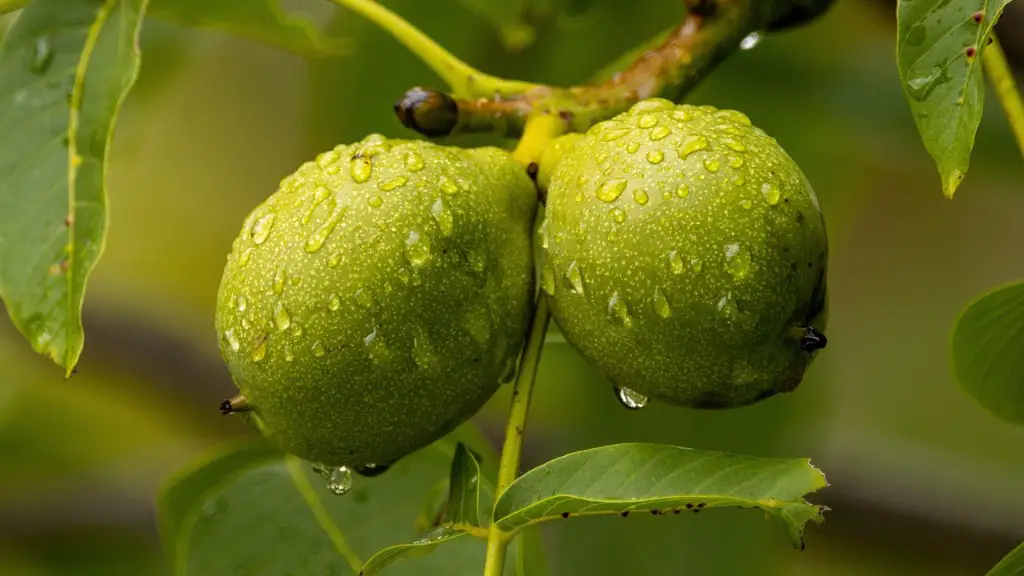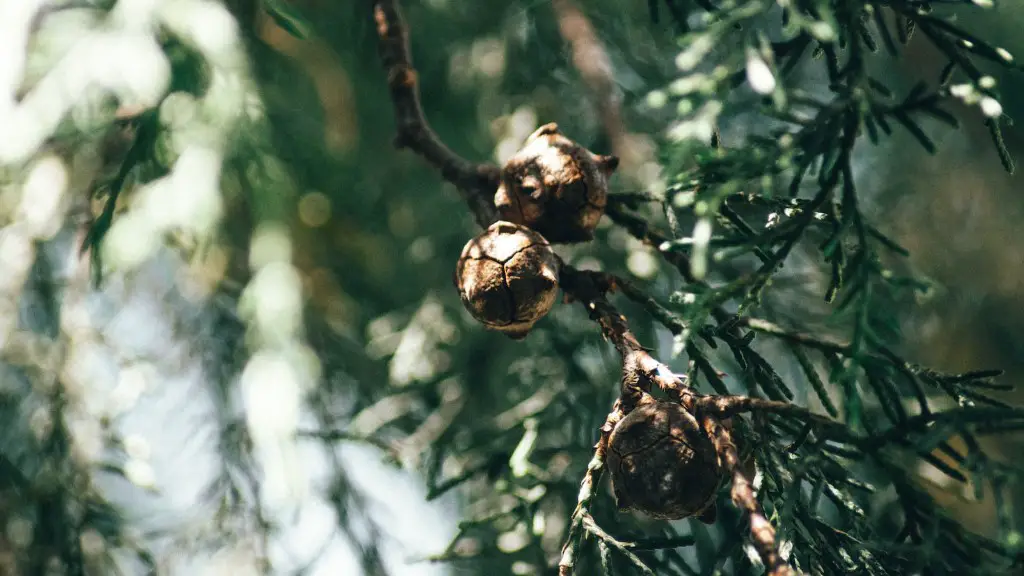The lemon tree is a large, bushy shrub or small tree that can reach 10-14 feet in height and width. It is native to Asia, and is widely cultivated in warm climates all over the world, such as the Mediterranean, the Middle East, and the United States. Lemons are an important part of many cuisines, and they play an important role in the production of many different types of beverages, sauces, and marinades. The trunk of a lemon tree can be as thick as 3 inches, while the leaves can range in size from 2 to 8 inches long. The flowers of a lemon tree can be either yellow or white, and appear in clusters on the end of the branches.
The average lemon tree produces between 500 and 1,000 lemons a season, but some trees can produce as much as 3,000 lemons a year! Lemons are harvested mainly by hand, as the heavy weight of the fruits makes it difficult to machine-harvest them. Lemons come in many varieties, each with its own unique flavor and color. Some of the most popular varieties include the Eureka, Bearss, Lisbon, and Verna. The lemons produced by these varieties can range from dark yellow to deep green.
Lemon trees are very easy to care for and do not require a lot of maintenance. They can grow very large, and may require frequent pruning to keep their growth in check. Lemons need full sunlight and moist but well-draining soil with a pH between 6 and 8. They are quite drought-tolerant, but require regular watering to ensure optimal growth. Fertilizing once every few months is also recommended.
Lemon trees are prone to several types of pests and diseases, such as aphids, scale insects, root rot, and powdery mildew. Regular monitoring and pest control can help prevent damage from these pests. The trees also need to be properly pruned and shaped to ensure healthy growth. There are several types of lemon trees available, such as dwarf varieties, which are ideal for small gardens and pots.
The big size of a lemon tree makes it a great choice for larger spaces, as it can provide a beautiful and fragrant focal point to any landscape. With their easy maintenance and long-lasting fruits, lemon trees are the perfect way to add a bit of zest to any outdoor space.
Types of Lemon Trees
Lemon trees come in a variety of sizes and shapes, depending on their origin and the climate in which they are grown. Some of the most popular varieties of lemon trees are the Eureka, Bearss, Lisbon, and Verna. These trees produce dark yellow to deep green lemons and are often used in both commercial and home gardening.
Another popular type of lemon tree is the Meyer lemon tree. This tree is a hybrid of a lemon and an orange tree, and produces fruit that is sweeter and less acidic than other lemons. The fruit of this tree is often used to make desserts and juices. Lastly, the Key or Mexican lime tree is known for producing smaller, more acidic fruit than other citrus fruits.
Dwarf varieties of lemon trees are also available, and are ideal for homeowners with small gardens or those who are looking to keep the tree in a container. Dwarf trees are quite hardy, and can survive in warmer climates.
How to Plant and Care for Lemon Trees
Lemon trees should be planted in an area with full sun exposure, and the soil should have good drainage. For best results, the soil should be amended with organic matter such as compost and peat moss. The tree should also be watered regularly, as most lemon trees require about an inch of water each week.
Fertilizing once a month with an appropriate fertilizer for citrus trees is also important. Pruning of the lemon tree’s branches should be done throughout the season, as this will help promote healthy growth. Pests, such as aphids and scale insects, can also be a problem for lemon trees, so monitoring and pest control should be done regularly.
How to Harvest Lemons
Harvesting lemons is relatively easy, but can be somewhat time consuming. The best time to harvest is late fall or early winter, as the fruit will be riper and sweeter at this time. The lemons can be hand-picked and stored in a cool and dry place for up to several weeks. Some lemons can be picked as soon as they turn yellow, but it is best to wait until the fruits become a dark yellow color.
For large amounts of lemons, it is possible to use a ladder and picking sack to harvest the fruits. The lemons should be gently tugged off the tree, as yanking or pulling can damage the tree. It is important to harvest only ripe lemons, as unripe fruits will not have the desired taste or flavor.
The Benefits of Lemon Trees
There are many benefits to having a lemon tree, as it provides numerous culinary possibilities. Lemons can be used to make sauces, marinades, vinaigrettes, and dressings, as well as to add a zesty flavor to dishes ranging from fish to desserts. Lemons are also rich in vitamins and minerals, and the juice can be consumed for a quick and refreshing boost of nutrition. Furthermore, the lemon tree is a beautiful addition to any garden or outdoor space, and its fragrant flowers and bright fruits are sure to add a bit of life to any landscape.
Diseases and Pests Affecting Lemon Trees
Lemon trees can be susceptible to a variety of different pests and diseases. Aphids, scale insects, and spider mites can all be potential problems for lemon trees. These pests can cause significant damage to the leaves and fruits. Fungal diseases such as root rot and powdery mildew can also affect lemon trees, resulting in discolored leaves and weakened branches.
Monitoring the tree and acting quickly to identify and address any pest or disease issues is important in keeping a healthy lemon tree. Using appropriate insecticides and fungicides can help prevent and treat any pest or disease issues. Pruning and proper fertilization are also important for keeping a healthy lemon tree.
Conclusion
With its fragrant flowers, easy maintenance, and flavorful fruits, the lemon tree is a great choice for both commercial and home gardening. Growing lemon trees requires regular watering, fertilizing, and pruning, and it is important to be on the lookout for any pests or diseases that can affect the tree. Harvesting lemons is relatively easy, and can be done by hand or with the use of a ladder. With its numerous benefits, a lemon tree can be a great addition to any outdoor space.


